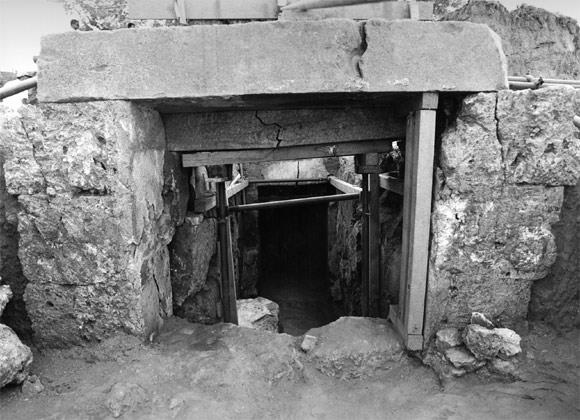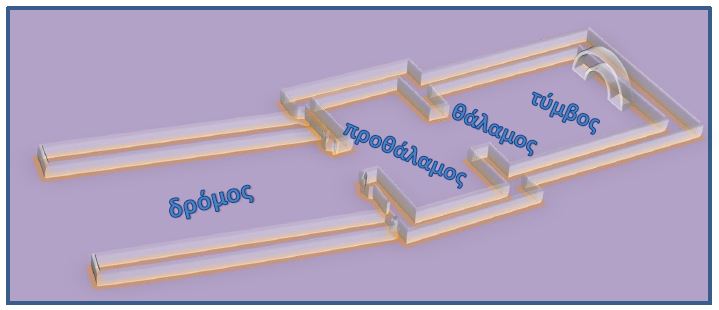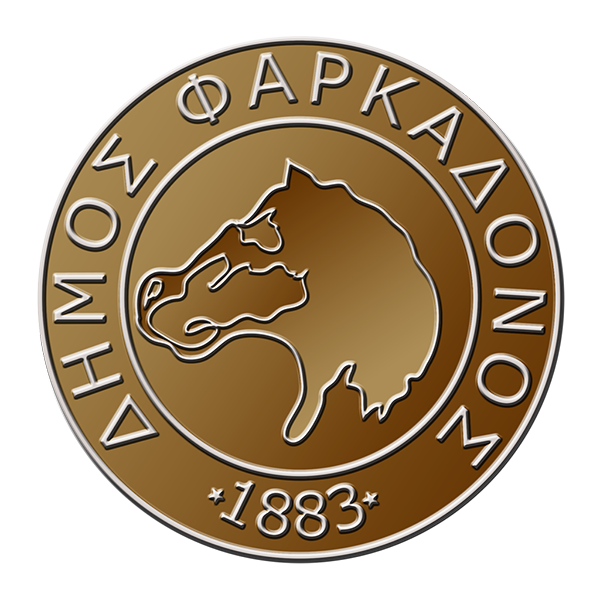A tomb that dates back to the Hellenistic era and its form refers to the so-called “Macedonian” tombs, the characteristic burial monuments of the Macedonians during this period. The tomb was single-chambered, vaulted and covered by a mound.
It was built of porolitic blocks, while second-use limestone beams formed the covering of its road. All the internal surfaces of its masonry, as well as the floors of the street and the hall, are plastered with pink mortar.



Its entire dome has collapsed. In the southwest corner of the chamber, a cylindrical marble case was found, apparently containing the urn. The tomb was discovered at the beginning of the 20th century by the then Superintendent of Antiquities Apostolos Arvanitopoulos and was then completely covered with the soil of the mound. In 2000, the 10th Ephorate of Prehistoric and Classical Antiquities re-excavated the monument.




